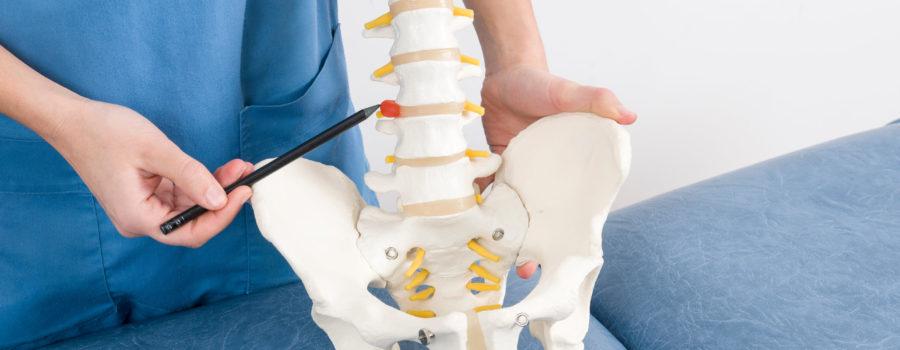Can You Use An Inversion Table To Treat A Herniated Disc?
There is no denying that a herniated disc has the potential to be one of the most agonizing sources of long-term back pain that a person can suffer from in their lifetime. In fact, for many of the people that suffer from this condition, the pain is so severe and unmanageable that they often turn to invasive surgical procedures as a form of relief.
However, due to the inherent danger that comes with these types of procedures, spinal surgery should only be considered as a last resort.
How Successful Are Spinal Surgeries?
Although the mortality rate for this type of surgery is relatively low – a 10-year study found that there was a 0.13% mortality rate out of the 803,949 patients that were observed – the complication rate and the overall failure rate are much higher.
A separate study highlighted that there was a 7.6% complication rate for spinal surgeries, while on the other hand, the overall failure rate of spinal surgeries is between 10%–46% – with this failure rate increasing if more surgeries are carried out on the same patient in the future.
What Is A Herniated Disc?
Your spine is a collection of bones that work in tandem to support the rest of your body, facilitating movement and bodily strength. Between each of these bones lies an “intervertebral disc” which helps to hold your spinal column together and also functions as a shock absorber.
A herniated disc – sometimes referred to as a ruptured disc, slipped disc, or bulging disc – occurs when one of these discs, which lie between the bones in your spine, ruptures. Not only can this destabilize the strength of your spine but the resulting pressure on the spinal nerves can lead to inflammation, numbness, and muscular weakness.
Although herniated discs can happen anywhere in the spinal column, approximately 90% of these complications occur in the lumbar spine region i.e. the lower back.
How Does An Inversion Table Help With A Herniated Disc?
Inversion tables are therapeutic devices that are specially designed to facilitate inversion therapy. The underlying theory behind inversion therapy is that when patients are suspended upside down, their spines are allowed to naturally stretch, which in turn facilitates natural back pain relief. The concept focuses on shifting the gravitational pressure that is being applied to your body so that pressure on your back is lessened and traction is provided for your spine.
Furthermore, whenever your body is turned upside down, this leads to a significant increase in the space between the discs in your spine. In this regard, inversion therapy is actually utilizing the force of gravity to decompress your vertebrae discs – potentially relieving the pressure that has been built up over time.
Activities such as bending, running, and even simply sitting can put pressure on your spinal discs; eventually exacerbating symptoms that are already present or facilitating the development of a herniated disc.
Studies have shown that inversion therapy boosts the overall health of your spine by:
-
- Decreasing inflammation and reducing back pain.
- Facilitating the movement (and production) of the protective fluid that surrounds your intervertebral discs.
- Increasing blood circulation and removing waste from your spine.
Is An Inversion Table Safe For Everyone?
Generally speaking, if inversion therapy is practiced in a safe environment with precautionary consultation from a medical professional, then it is a virtually risk-free method of treating the symptoms of a herniated disc.
That being said, inversion therapy is not a cure for a herniated disc. Instead, it is a catalyst that can be used to boost your body’s natural healing ability – ultimately making your chronic back pain and inflammation more manageable.
Several studies have even found that inversion therapy can dramatically reduce the need for spinal surgeries. So, it’s definitely worth giving it a shot before you consign yourself to a risky and invasive medical procedure!
Consult with your Doctor
It is important to talk to your Primary doctor, chiropractor, or physical therapist first if you aren’t sure whether an inversion table would be good for your disc issue. Disc issues vary in terms of type and severity so it’s important to talk with a medical professional and perhaps an MRI before deciding to use an inversion table for your disc herniation.
If you are looking for an inversion table, but aren’t sure which might be best for your bad back, check out our article titled: Best Inversion Tables For Lower Back Pain.

